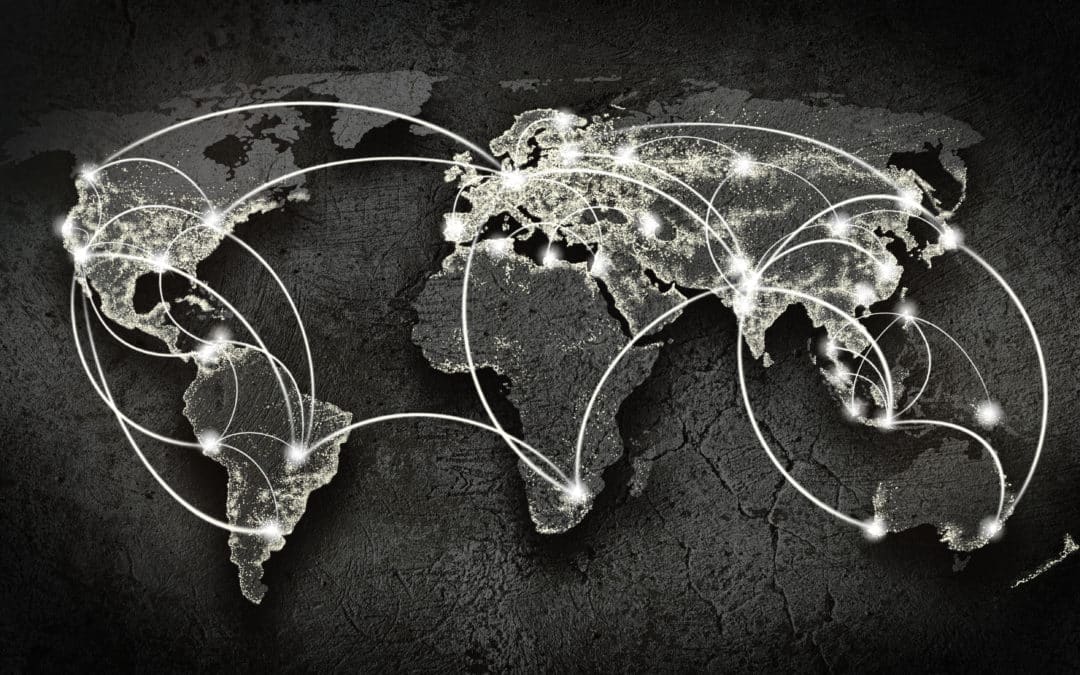Control of the distribution channel to prevent product diversion to grey markets and parallel trade is an important priority of brand owners. It is necessary not only to avoid profit loss but also to:
- protect brand owners from the reputation damages
- protect customers from potential damages from acquiring a product with suboptimal quality.
This article summarises how to achieve it with advanced serialization technology.
Why is good control over your distribution channel important?
Distribution channels connect brand owners with the end users of their products. These channels are chains of wholesalers and resellers, often including exporters and importers. Depending on sales volume and geography this can be quite a large and complicated network.
In some cases, genuine and original products are sold in a way which is not approved by the brand owner. This often involves changes in pricing, benefitting the third party. For example, products can be exported to a country with higher pricing. So, the difference in profit margin is lost to the brand owner. This process is parallel trade. It occurs in parallel to the official distribution authorised by brand owner. In this case we can say that the product is in a grey market.
What are the negative consequences of product diversion into a grey markets and parallel trade?
Grey markets don’t only cause profit loss to the original manufacturers.
Brand reputation can be negatively affected by product diversion for several reasons. For example, as when the product unit intended to a specific geographic area is sold in another location, where different product specification requirements apply, or where the product is not approved.
Increased customer dissatisfaction is a significant threat caused by the product diversion to grey markets and parallel trade. Unauthorised resellers do not always comply with the brand’s standards for guarantees and customer service.
In some cases, diverted products don’t only cause simple disappointment with the brand’s quality but can be harmful to customers. For instance, when the product:
- is sold beyond its expiration date,
- quality is compromised by an improper handling and storage conditions.
This is particularly important for pharmaceuticals, food, food supplements, cosmetics, perfumes, and various fine chemicals such as: oils and any other light or temperature sensitive substances.
Which industries are affected?
Products most often sold through unauthorised or non-approved channels include:
- Food, particularly infant formula and other milk-based products
- Pharmaceuticals
- Luxury goods
- Electronics
- Cosmetics
What are the main challenges?
In contrary to counterfeited products, grey market products are genuine. Therefore, the diversion of the genuine products into unauthorized channels comes from official distribution channels. For this reason, product diversion into grey market and parallel trade usually involves an official distributor, or other member of the official distribution chain.
Brand owners try to track their products in hope to be able to identify the official distributors involved in product diversion into grey market. This is difficult, because any visible tracking tags on the product can be easily removed or modified.
Legal considerations
In some specific cases the prevention of parallel trade between countries is not legal. This is the case if a group of countries is covered by the same jurisdiction regarding free movement of goods. For example, within all countries in the European Economic Area and Switzerland.
This makes the necessity for reliable monitoring of distribution channels even more important. The understanding that comes from the ability to get reliable data on the product distribution channels is necessary in two cases:
- To identify the sources of product leakage to non-desired channels and to prevent them in accord with the local laws.
- To prove to relevant authorities that selective distribution within jurisdiction areas covered by free trade rules does not occur. For example, by proving compliance with Articles 101 and 102 TFEU within EEA.
Our solution
You can address this problem with secure product tracking with invisible, non-erasable codes using the variable Cryptoglyph®. This technology provides a reliable way to get a clear picture of your distribution channel.
How it does it work?
We cover the product package with dots which are invisible to the naked eye but can be detected by analysing an image of the product. Only a fraction of the code covering the package is used for the detection. For this reason, it is not possible to remove it without destroying the package. Our centralized data base allows tracking statistics and real time alerts.
Want to know more?
Get in touch with us to discuss how variable Cryptoglyph® could be applied on your products.

